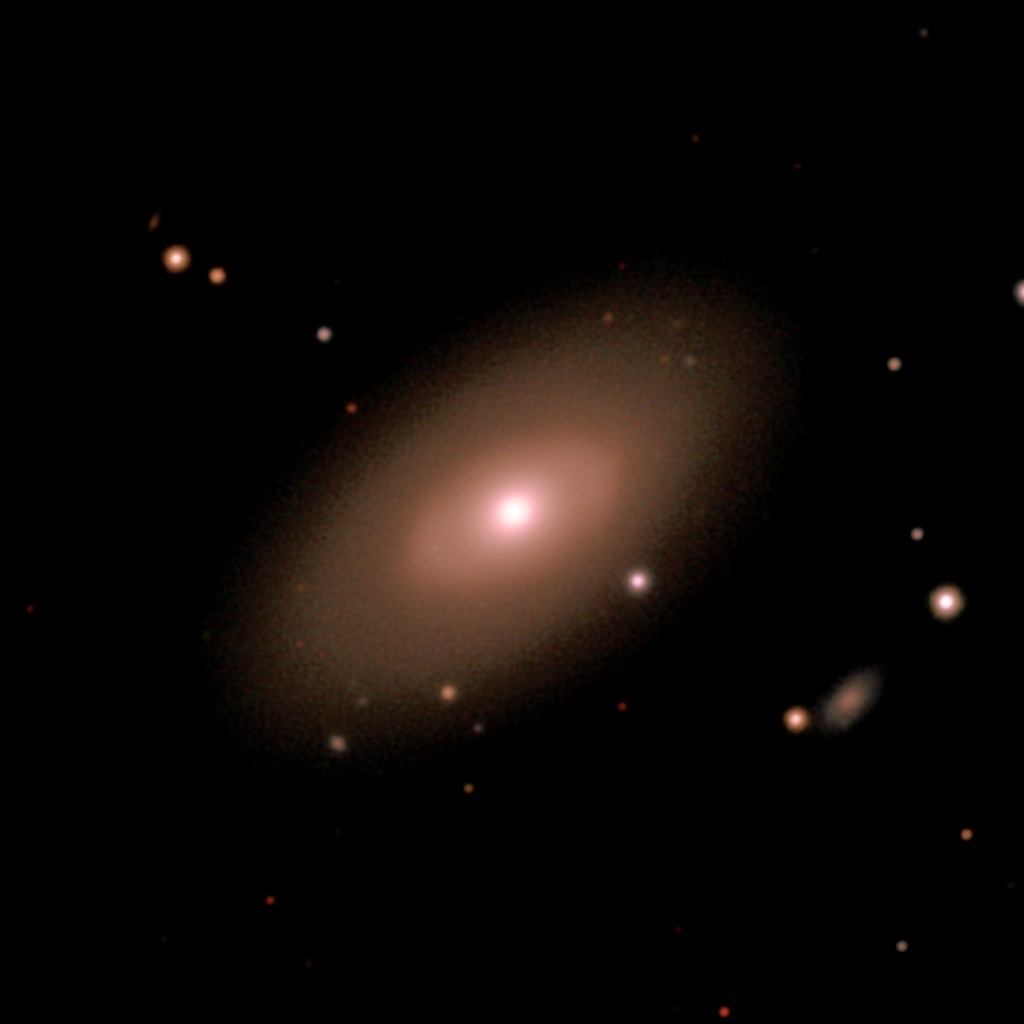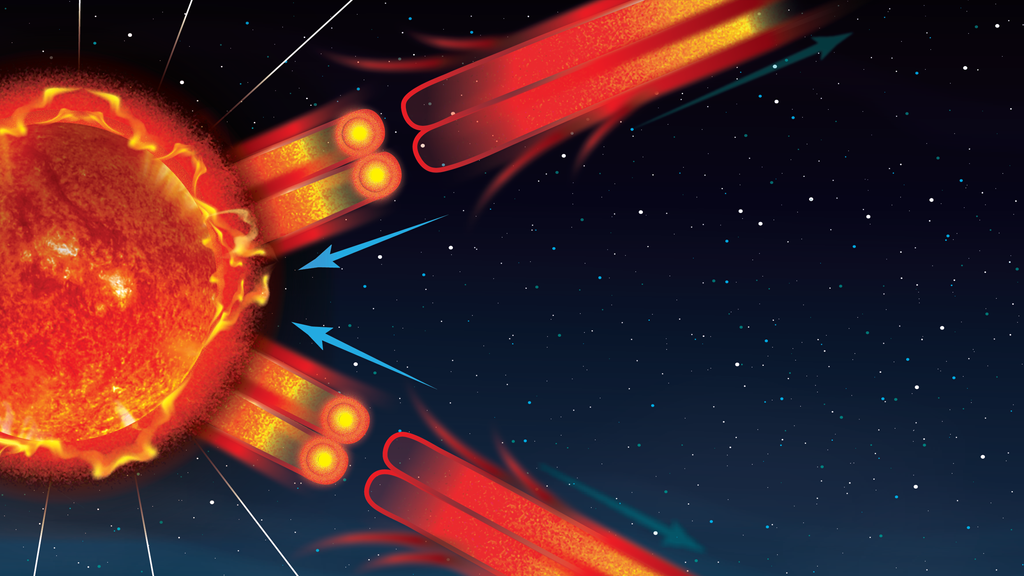When Hubble launched in 1990, there were no confirmed planets outside of our solar system. Hubble’s unique capabilities allow it to explore planetary systems around other stars. Scientists have since established the existence of more than 5,000 extrasolar planets.
Hubble’s unique contributions to the planet hunt include taking the first measurements of the atmospheric composition of extrasolar planets. Its observations have identified atmospheres that contain sodium, oxygen, carbon, hydrogen, carbon dioxide, methane, helium, and water vapor. Hubble observations demonstrate that we can detect and measure the basic organic components for life on planets orbiting other stars.
-
TRAPPIST-1 System Illustration
Hubble observed the first known system of seven Earth-sized planets around an ultra-cool dwarf star (TRAPPIST-1) that would allow liquid water to survive on four of the close-orbiting planets. All seven planets orbit closer to their star than Mercury is to our Sun and orbit very close to each other. Hubble observations suggest these planets have more compact atmospheres like those found on Earth, Venus, and Mars.
Hubble delivers first hints of possible water content of TRAPPIST-1 planets
 This artist's concept shows what the TRAPPIST-1 planetary system may look like.NASA/JPL-Caltech
This artist's concept shows what the TRAPPIST-1 planetary system may look like.NASA/JPL-Caltech -
Global Temperature Map of WASP-43b
Astronomers used infrared data from Hubble to make a detailed global map of an exoplanet (WASP-43b) showing the temperatures at different layers in its atmosphere, and the amount and distribution of its water vapor. The white-colored region on the daytime side is 2,800 degrees Fahrenheit (1,540°C). The nighttime-side temperatures drop below 1,000 degrees Fahrenheit (540°C).
NASA Hubble Maps the Temperature and Water Vapor on an Extreme Exoplanet
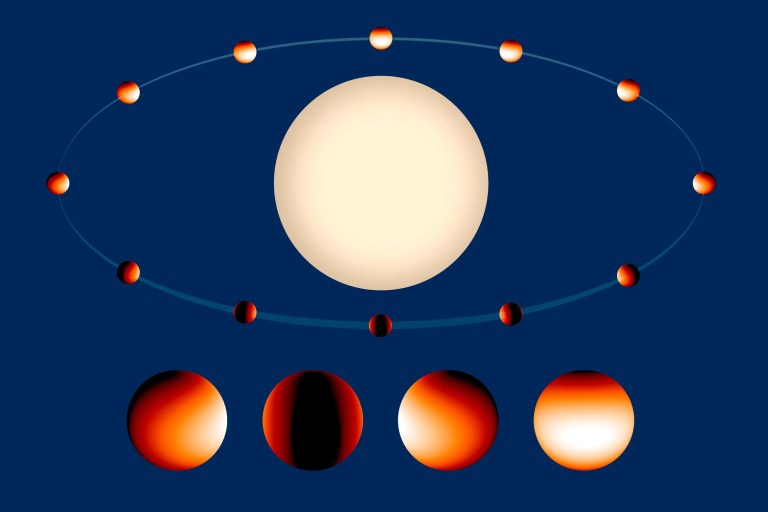 Temperature map of exoplanet WASP-43b.NASA, ESA, and K. Stevenson, L. Kreidberg, and J. Bean (University of Chicago)
Temperature map of exoplanet WASP-43b.NASA, ESA, and K. Stevenson, L. Kreidberg, and J. Bean (University of Chicago) -
Fomalhaut b Dust Cloud
In 2004, Hubble began regularly observing what astronomers thought might be an extrasolar planet. They studied the suspected planet for 16 years, tracking its movements around the bright nearby star Fomalhaut. However, something strange was happening as the planet appeared to dim with each successive observation. Then, in 2020, it seemed to vanish completely. Further research revealed that the suspected planet may actually be a vast, expanding cloud of dust produced in a collision between two large bodies orbiting Fomalhaut.
Exoplanet Apparently Disappears in Latest Hubble Observations
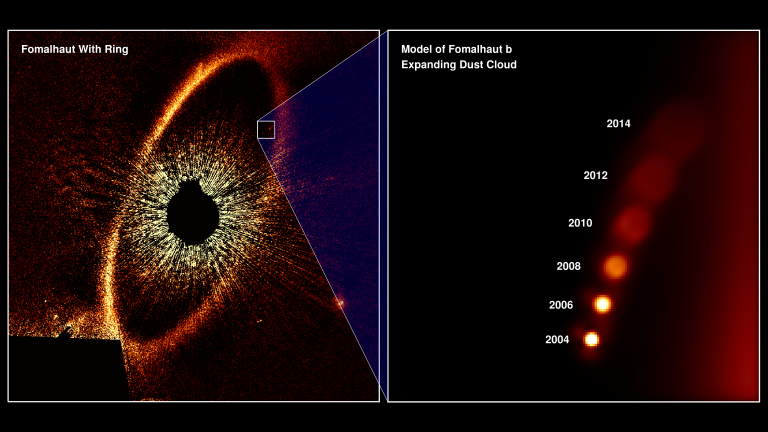 FomalhautNASA, ESA, and A. Gáspár and G. Rieke (University of Arizona)
FomalhautNASA, ESA, and A. Gáspár and G. Rieke (University of Arizona)
A Menagerie
Hubble’s exoplanet observations reveal truly strange worlds; including one that absorbs nearly all the light that reaches it. The planet, WASP-12b, is as dark as fresh asphalt. Another, WASP-121b, is an extremely hot, football-shaped world. Hubble observations also confirmed that three super-puffy planets in the Kepler 51 system have extremely low densities. While these planets appear to be as big and bulky as Jupiter, they are actually one hundred times less massive, leading researchers to nickname them ‘cotton candy’ planets.
-
The Football Shaped Planet
WASP-121b orbits so close to its host star that it is on the verge of ripping apart. Its upper atmosphere reaches a blazing 4,600 degrees Fahrenheit (2,540°C), causing magnesium and iron gas in the atmosphere to escape into space. Hubble observations of WASP-121b represent the first time astronomers detected elements more massive than hydrogen and helium escaping from a hot Jupiter-like planet. They also suggest the planet has a stratosphere, an atmospheric layer where temperature increases with higher altitudes.
Hubble Uncovers a ‘Heavy Metal’ Exoplanet Shaped Like a Football
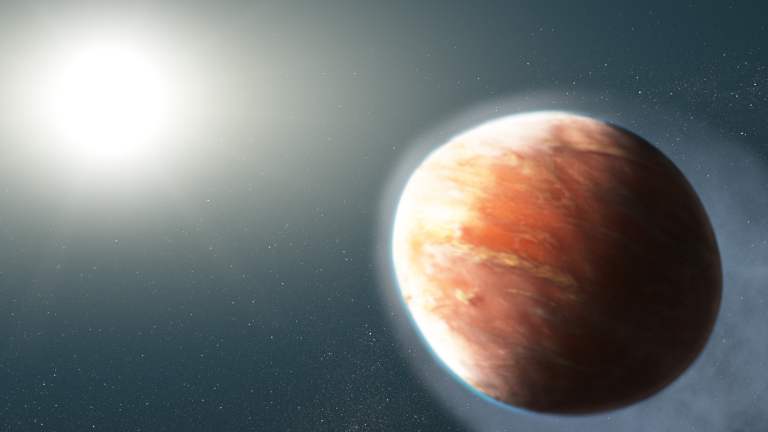 This artist's illustration of WASP-121b.NASA, ESA, and J. Olmsted (STScI)
This artist's illustration of WASP-121b.NASA, ESA, and J. Olmsted (STScI) -
A Blistering Pitch-Black Planet
Hubble captured another odd, seething-hot world called WASP-12b located some 1,400 light-years away. This planet is as black as fresh asphalt and is unlike other planets in its class. WASP-12b traps at least 94 percent of the visible starlight falling into its atmosphere, heating it to 4,600 degrees Fahrenheit (2,540°C). The planet is twice the size of any planet in our solar system and orbits so close to its host that it is tidally locked, which means the same side always faces the star. Unlike the day side, the planet’s night side is much cooler, some 2,200 degrees Fahrenheit (1,200°C), allowing water vapor and cloud formation. Hubble observations of the day/night boundary detected evidence of water vapor and possibly clouds and hazes in its atmosphere. WASP-12b is about 2 million miles (3 million km) away from its star and completes an orbit once a day.
 Artist illustration of WASP-12b.NASA, ESA, and G. Bacon (STScI)
Artist illustration of WASP-12b.NASA, ESA, and G. Bacon (STScI) -
An Evaporating Planet
Hubble uncovered yet another odd and elusive planet called GJ 3470b. This Neptune-sized world is roughly 3.7 million miles from its star, about one-tenth the distance between Mercury and the Sun. The planet is so close to its host star that its atmosphere is evaporating. The escaping gas forms a giant cloud around the planet that Hubble's Space Telescope Imaging Spectrograph detected. Researchers estimate that the planet has lost as much as 35 percent of its atmosphere over its lifetime.
This isn’t the first shrinking, warm, Neptune-sized planet Hubble observed. A few years earlier, Hubble found that one of the warmest known Neptunes (GJ 436b) is also losing its atmosphere. These evaporating Neptunes may explain the existence of so-called hot super-Earths, which could form from a similar process that strips away the atmosphere of Neptune-sized planets, exposing their rocky cores.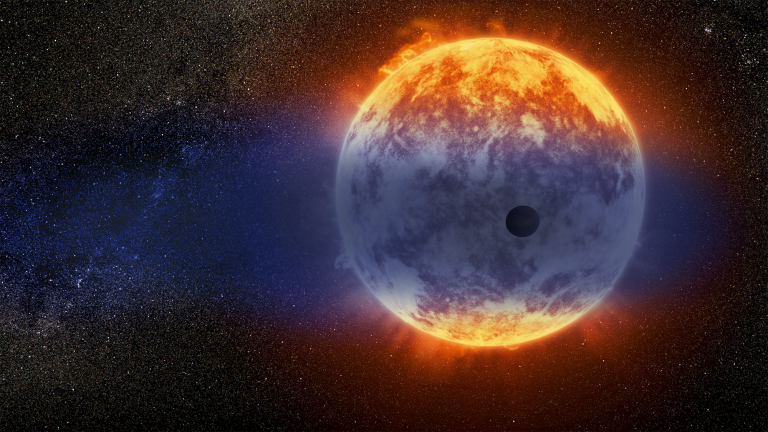 Artist illustration of GJ 3470b.NASA, ESA, and D. Player (STScI)
Artist illustration of GJ 3470b.NASA, ESA, and D. Player (STScI) -
Exocomets Plunging into a Young Star
Hubble also detected the gaseous spectral "fingerprints" on a star's light of small comets plunging into the star HD 172555. The gravitational influence of a suspected Jupiter-sized planet, depicted in the foreground, may have catapulted the comets into the star located some 95 light-years from Earth.
Hubble Detects ‘Exocomets’ Taking the Plunge Into a Young Star
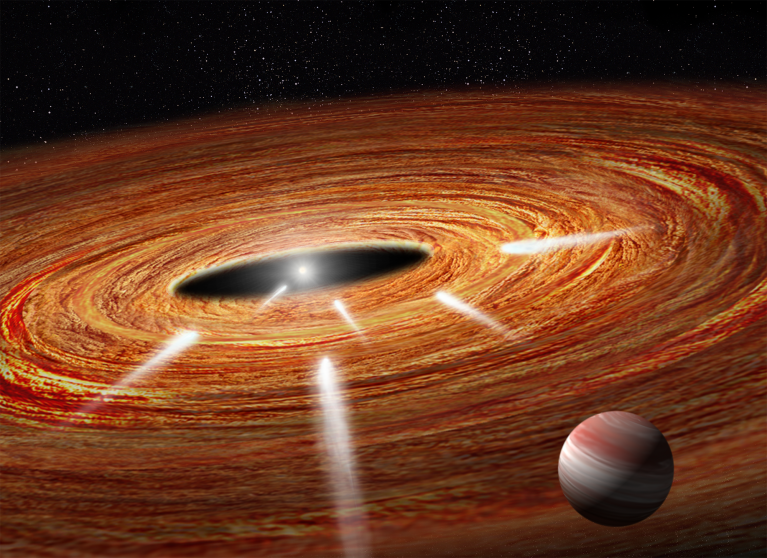 This artist illustration of exoplanets plunging toward the star HD 172555.NASA, ESA, A. Feild and G. Bacon (STScI)
This artist illustration of exoplanets plunging toward the star HD 172555.NASA, ESA, A. Feild and G. Bacon (STScI)
But during one orbit observed with the Hubble Space Telescope, the planet looked like it wasn’t losing any material at all, while an orbit observed with Hubble a year and a half later showed clear signs of atmospheric loss. Credit: NASA's Goddard Space Flight Center; Lead Producer: Paul Morris, Narrator: Cassandra Morris
Hubble E-Book
Hubble Focus: Strange New Worlds
Hubble Focus is a series of e-books that dive deeper into specific topics in astronomy that have been forever changed by Hubble’s explorations. "Hubble Focus: Strange New Worlds" is the fourth book in the series, highlighting the mission’s recent discoveries about worlds outside our solar system, known as exoplanets.
Read More and Download about Hubble Focus: Strange New Worlds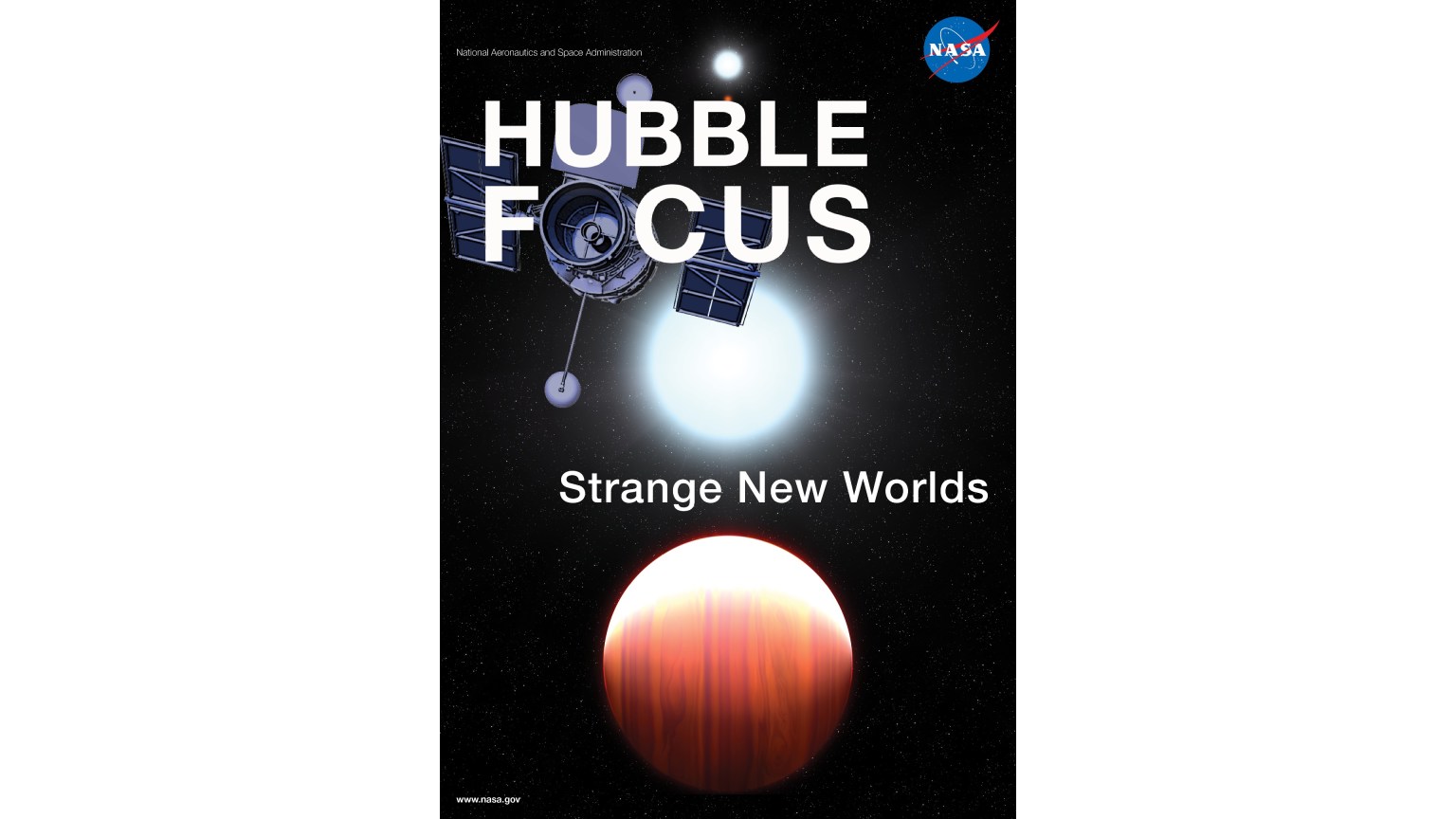
Learn More

New Clues to TRAPPIST-1 Planet Compositions, Atmospheres
Astronomers using Hubble conducted the first spectroscopic survey of Earth-sized planets (d, e, f, and g) within the habitable zone around the nearby star TRAPPIST-1. This is a follow-up to Hubble observations made in May 2016 of the atmospheres of the inner TRAPPIST-1 planets b and c.

Hubble Probes Extreme Weather on Ultra-Hot Jupiters
Hubble studied a unique class of ultra-hot exoplanets. They are bloated Jupiter-sized worlds orbiting so close to their parent stars that their temperatures rise above 3,000 degrees Fahrenheit, which is hot enough to vaporize most metals, including titanium.

Hubble Maps Temperature and Water Vapor on Extreme Exoplanet
Exoplanet WASP-43b is a world of extremes where seething winds howl at the speed of sound from a 3,000-degree-Fahrenheit day side, hot enough to melt steel, to a pitch-black night side with plunging temperatures below 1,000 degrees Fahrenheit.
Hubble Science Highlights
Discover the breadth and depth of Hubble's exciting discoveries!
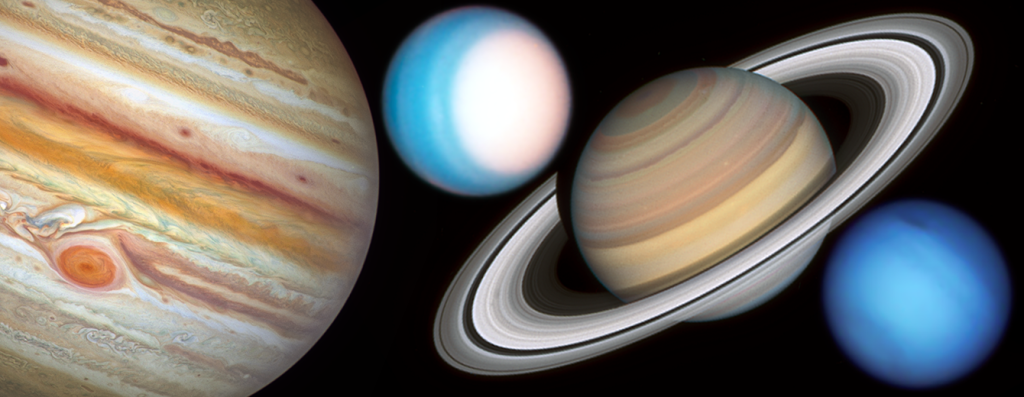
Studying the Planets and Moons
Hubble’s systematic observations chart the ever-changing environments of our solar system's planets and their moons.
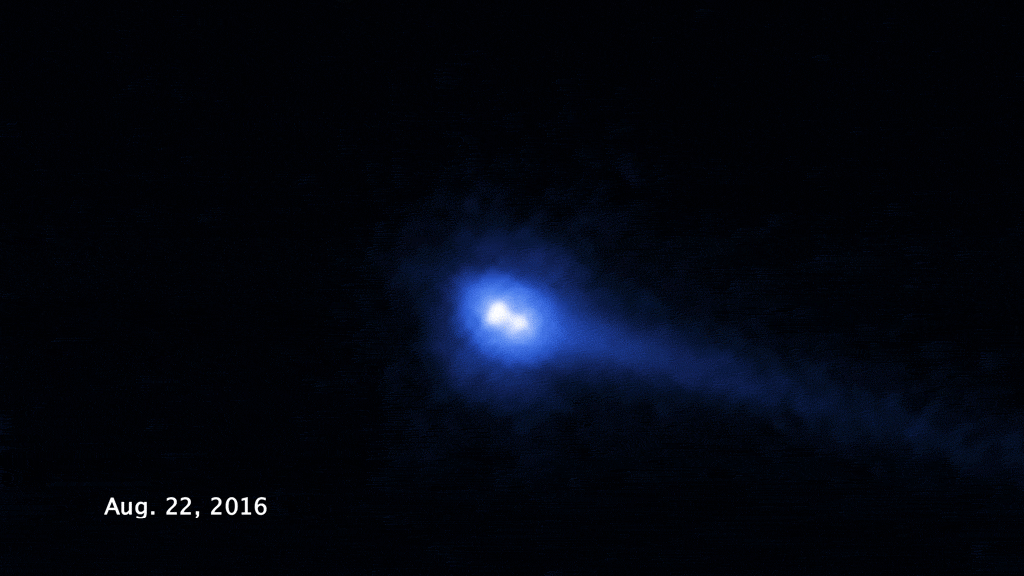
Tracking Evolution in the Asteroid Belt
These conglomerates of rock and ice may hold clues to the early solar system.
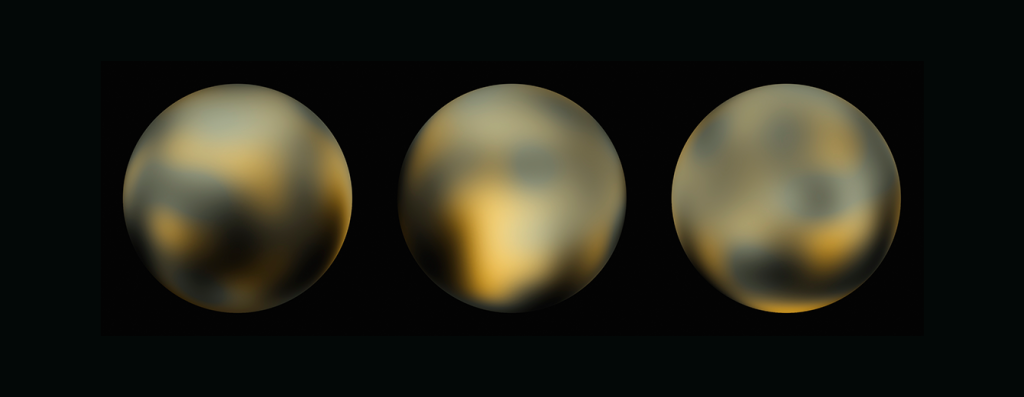
Uncovering Icy Objects in the Kuiper Belt
Hubble’s discoveries helped NASA plan the New Horizon spacecraft’s flyby of Pluto and beyond.
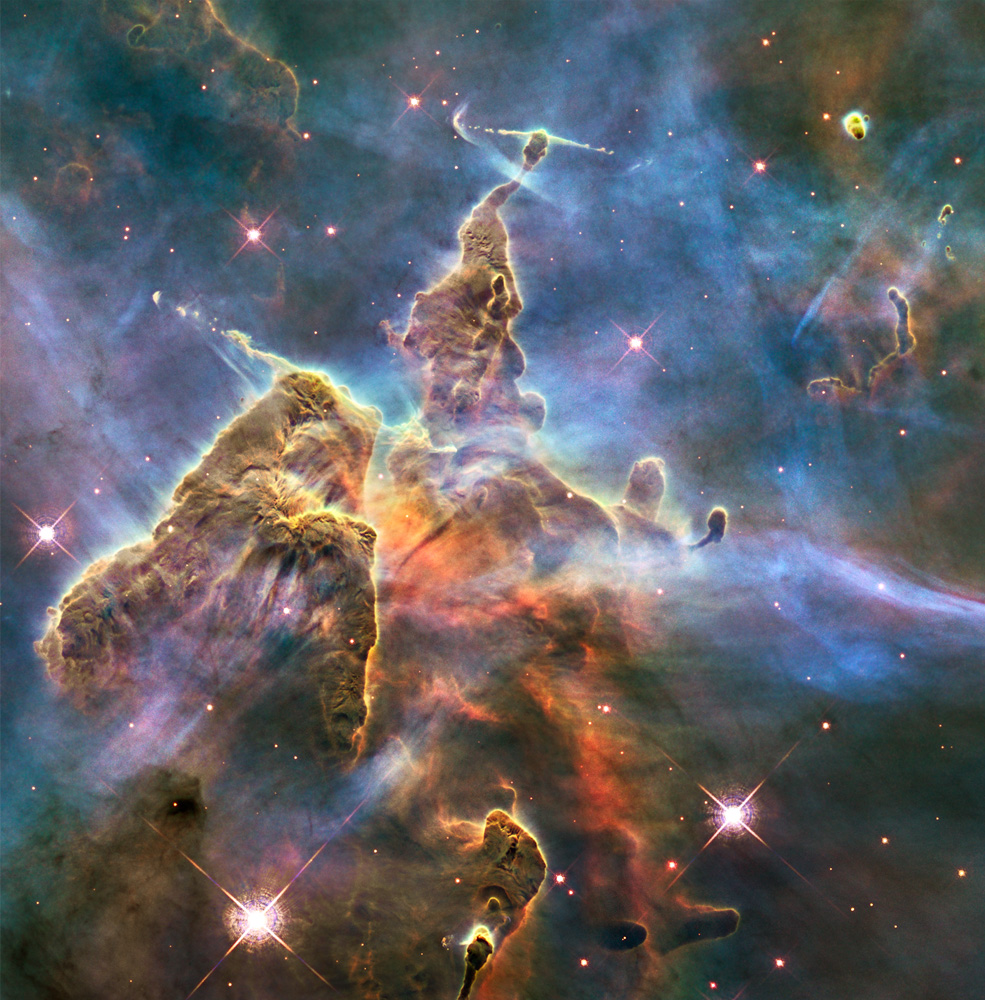
Exploring the Birth of Stars
Seeing ultraviolet, visible, and near-infrared light helps Hubble uncover the mysteries of star formation.
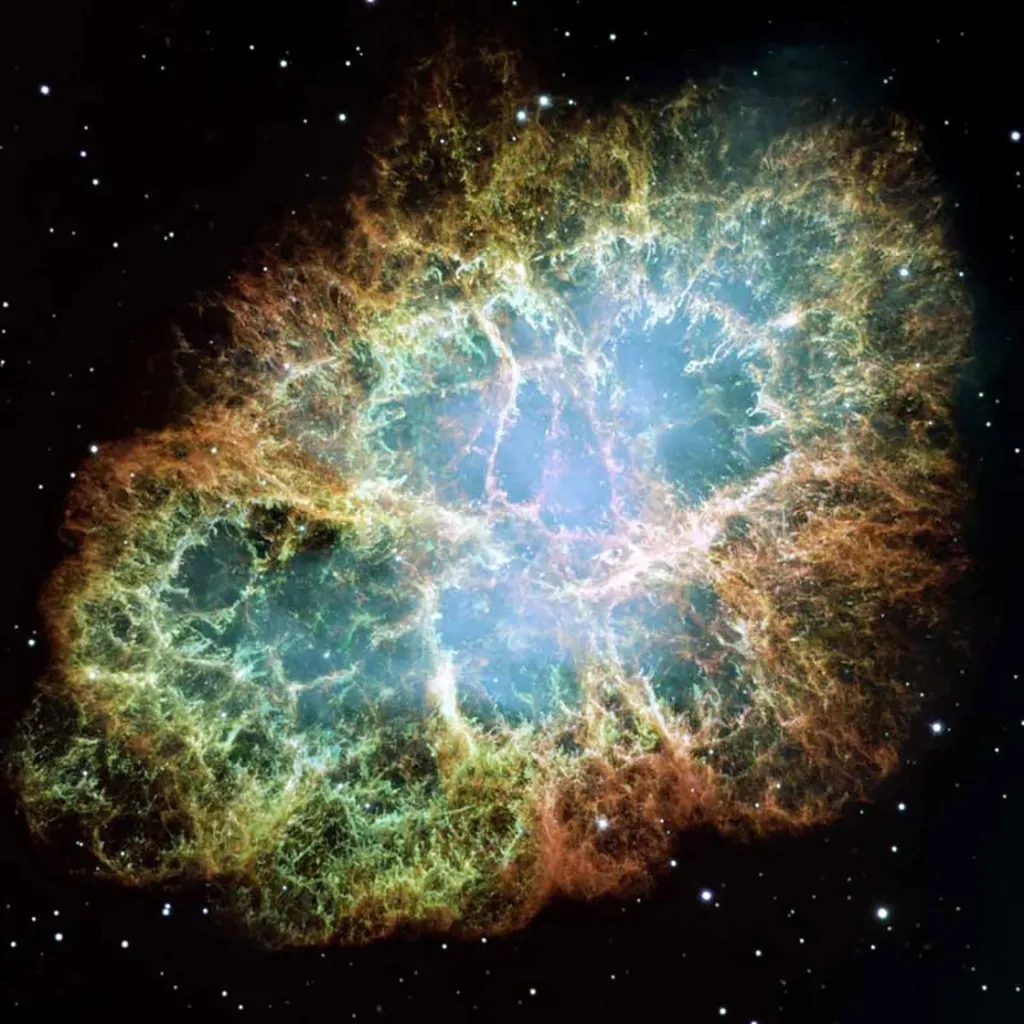
The Death Throes of Stars
When stars die, they throw off their outer layers, creating the clouds that birth new stars.
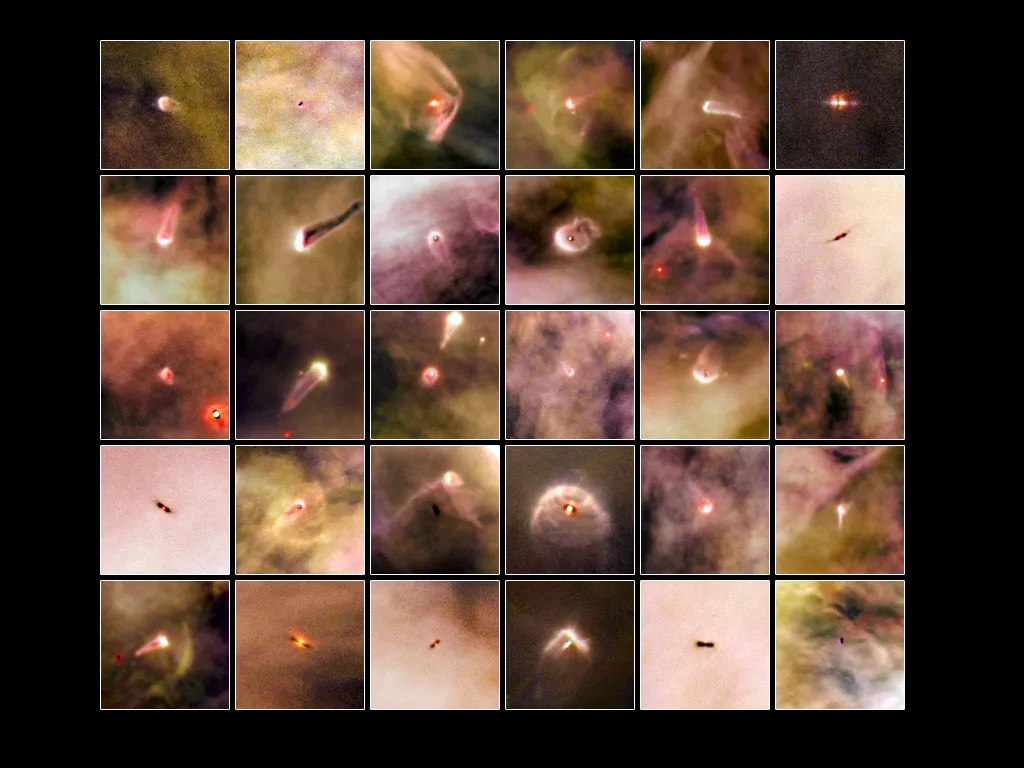
Finding Planetary Construction Zones
Hubble’s sensitivity uncovers the seeds of planets in enormous disks of gas and dust around stars.
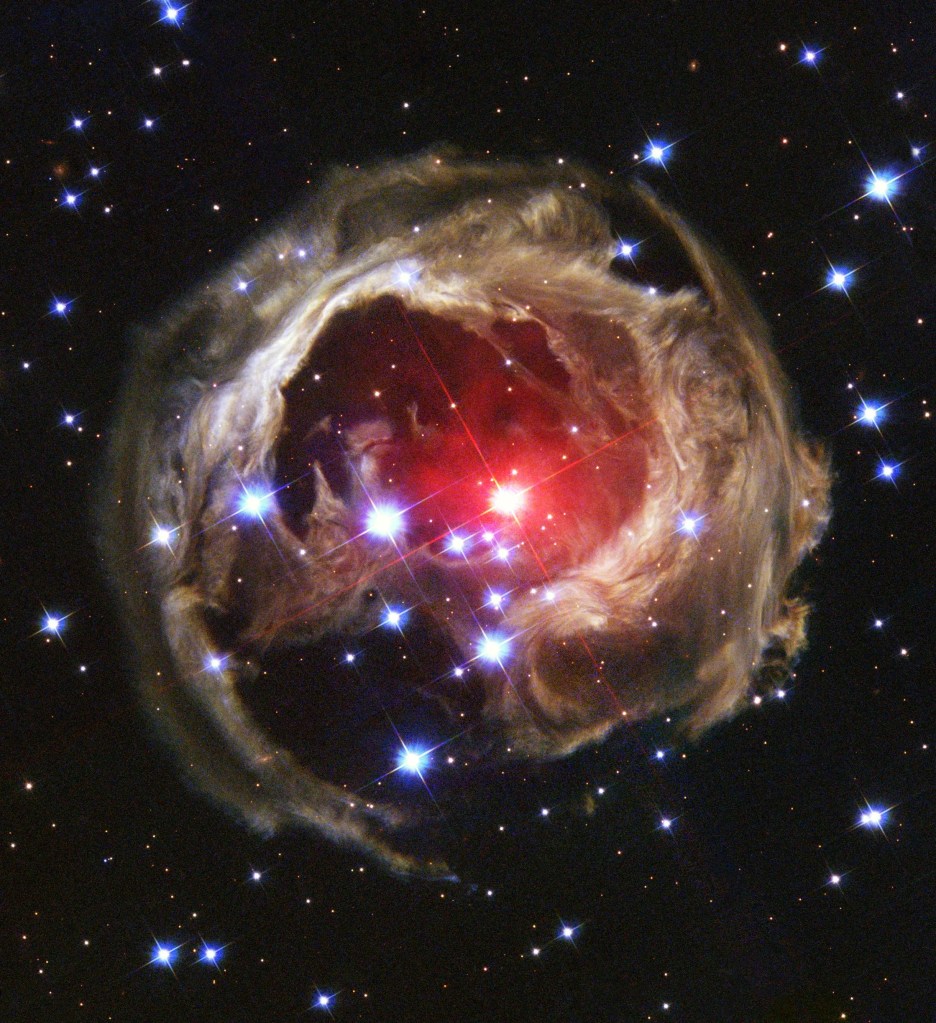
Seeing Light Echoes
Like ripples on a pond, pulses of light reverberate through cosmic clouds forming echoes of light.
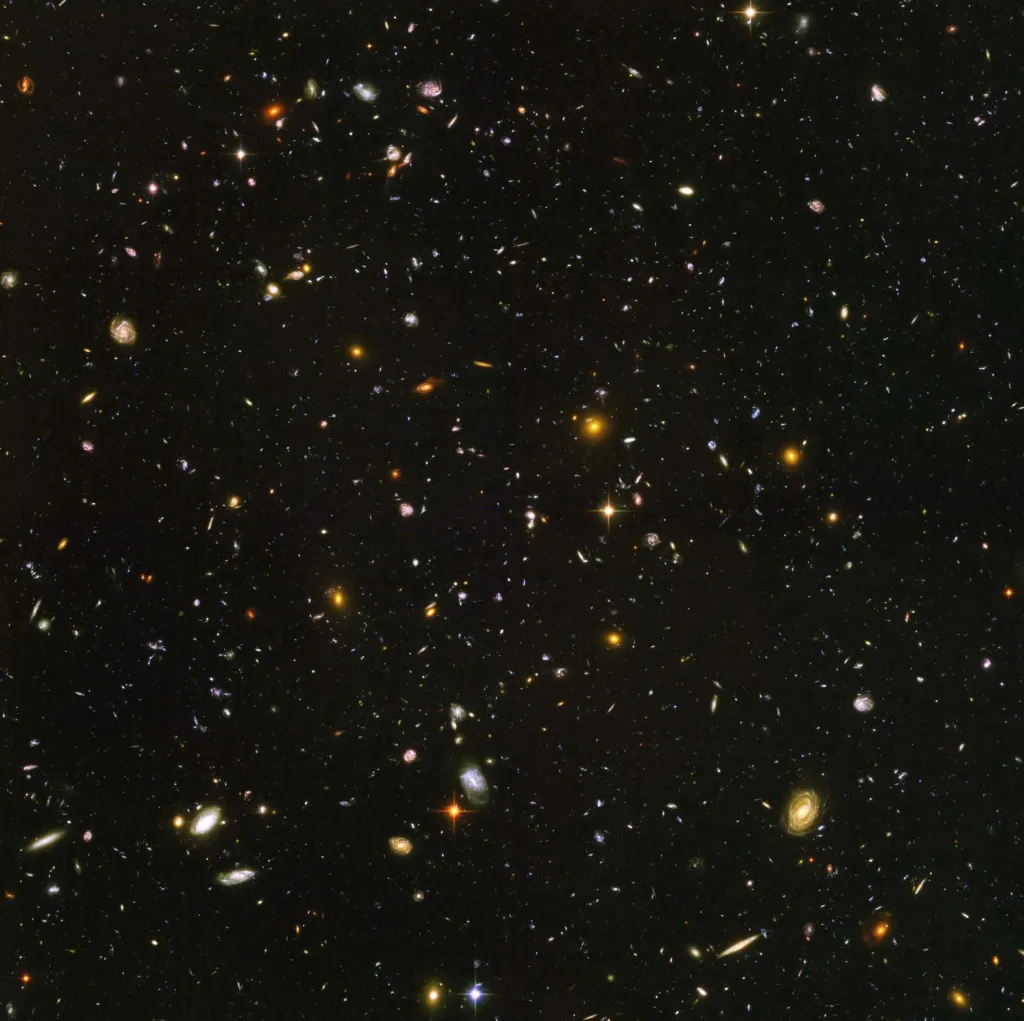
Tracing the Growth of Galaxies
Hubble's Deep Field observations are instrumental in tracing the growth of galaxies.
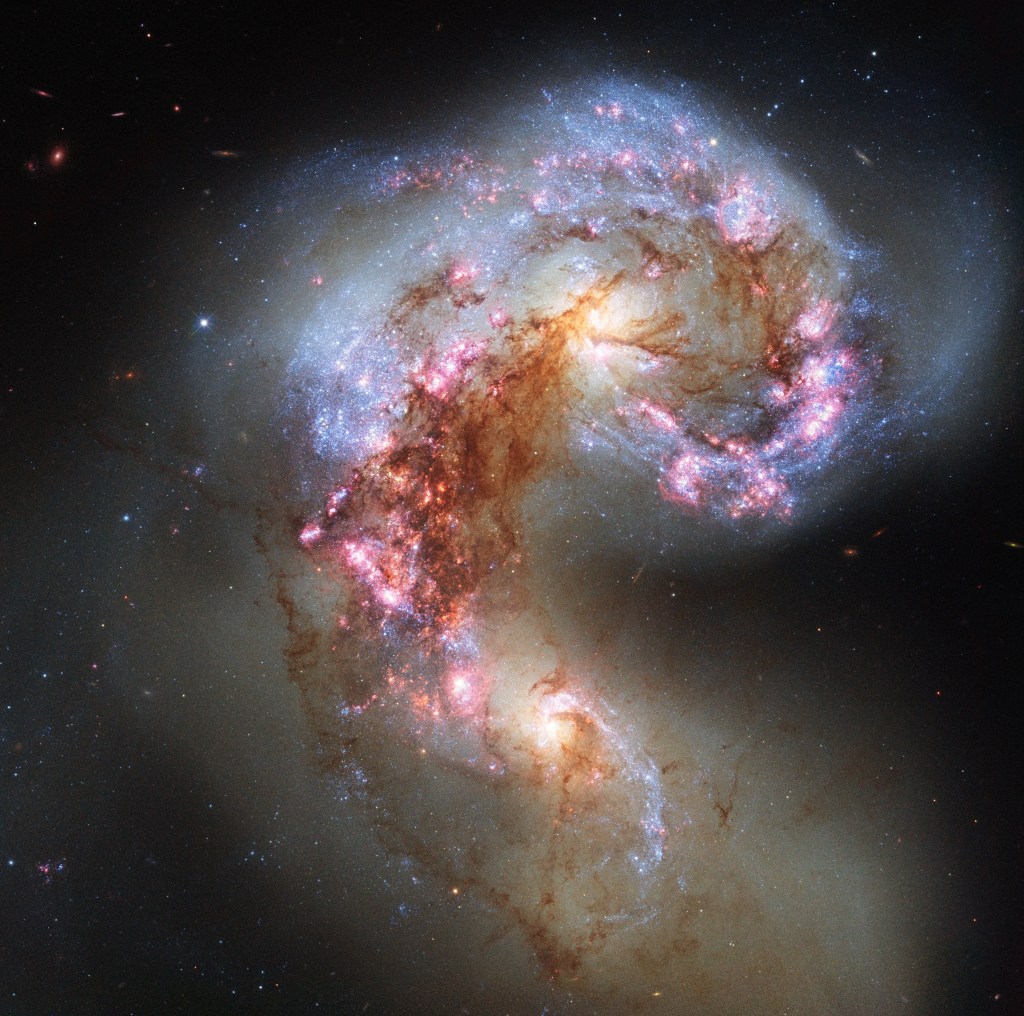
Galaxy Details and Mergers
Galaxies evolve through gravitational interaction with their neighbors, creating a menagerie of forms.
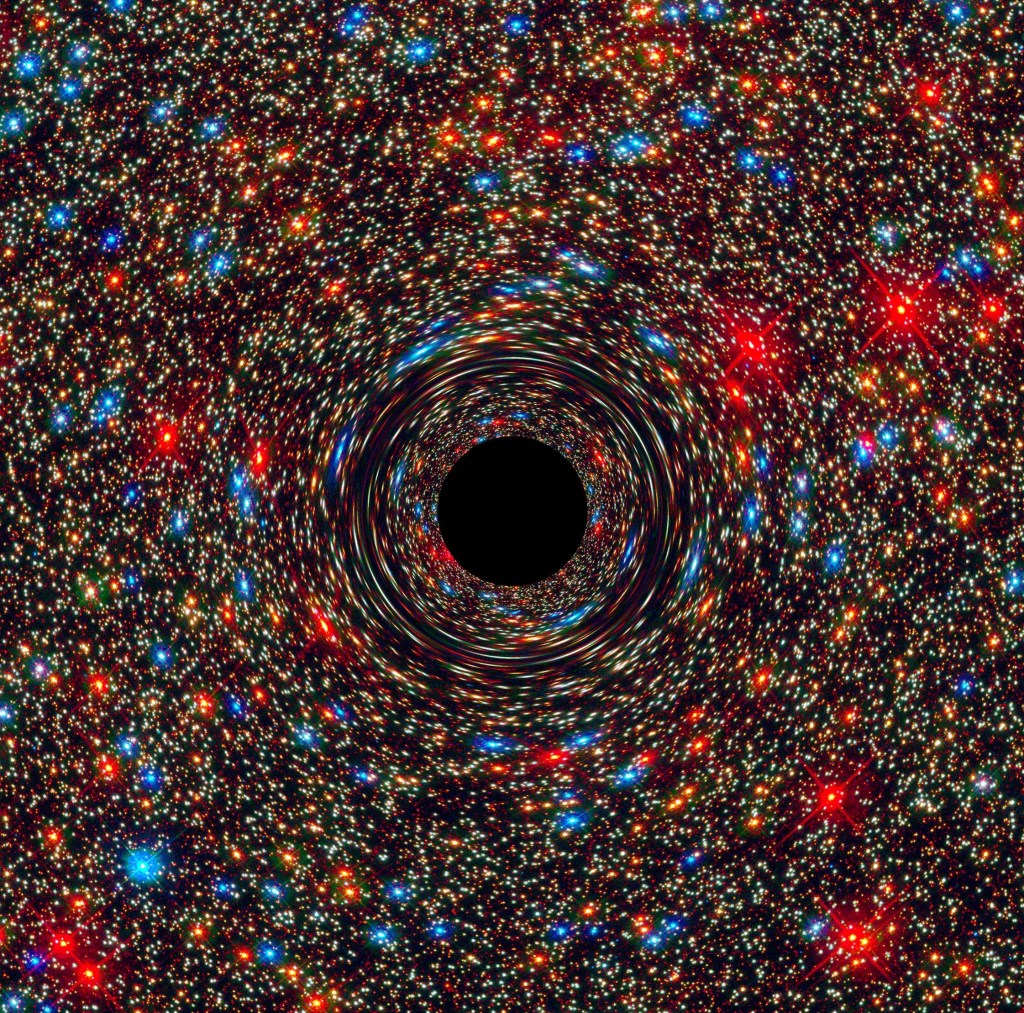
Monster Black Holes are Everywhere
Supermassive black holes lie at the heart of nearly every galaxy.
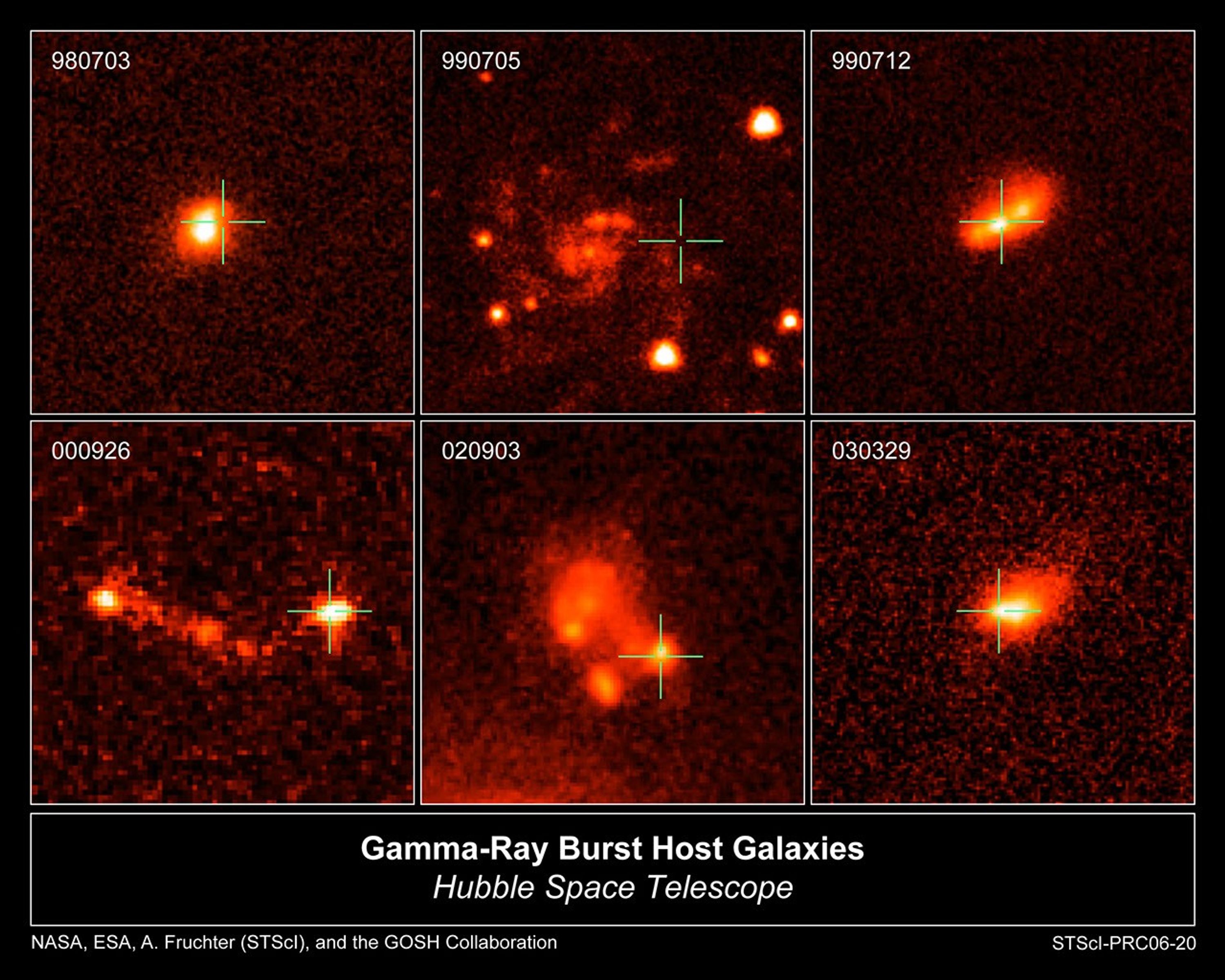
Homing in on Cosmic Explosions
Hubble helps astronomers better understand and define some of the largest explosions in the universe.
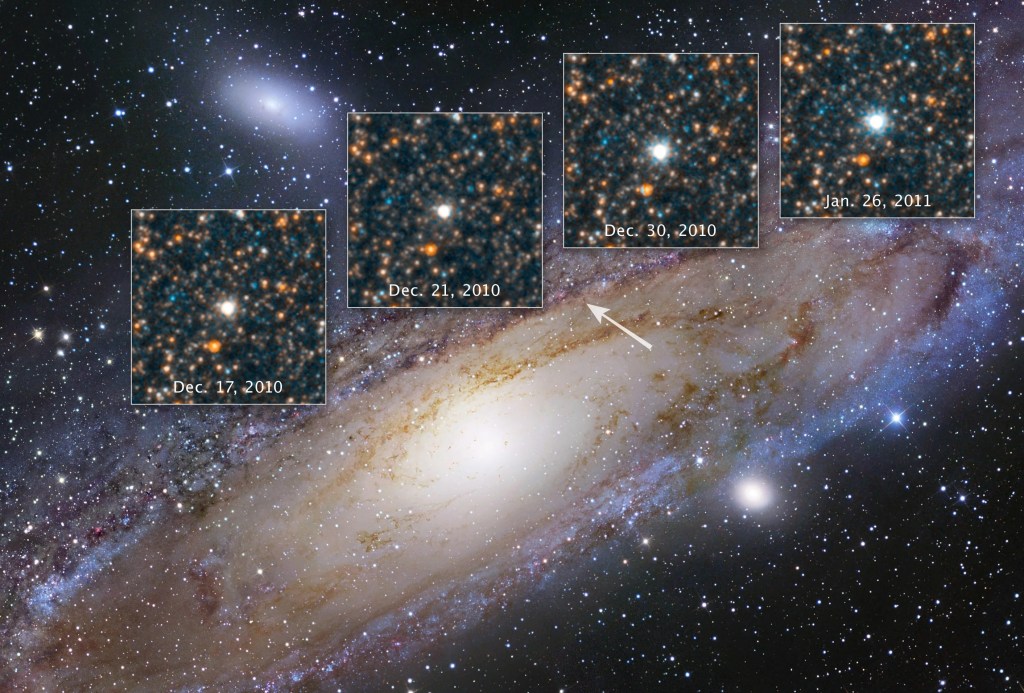
Discovering the Runaway Universe
Our cosmos is growing, and that expansion rate is accelerating.
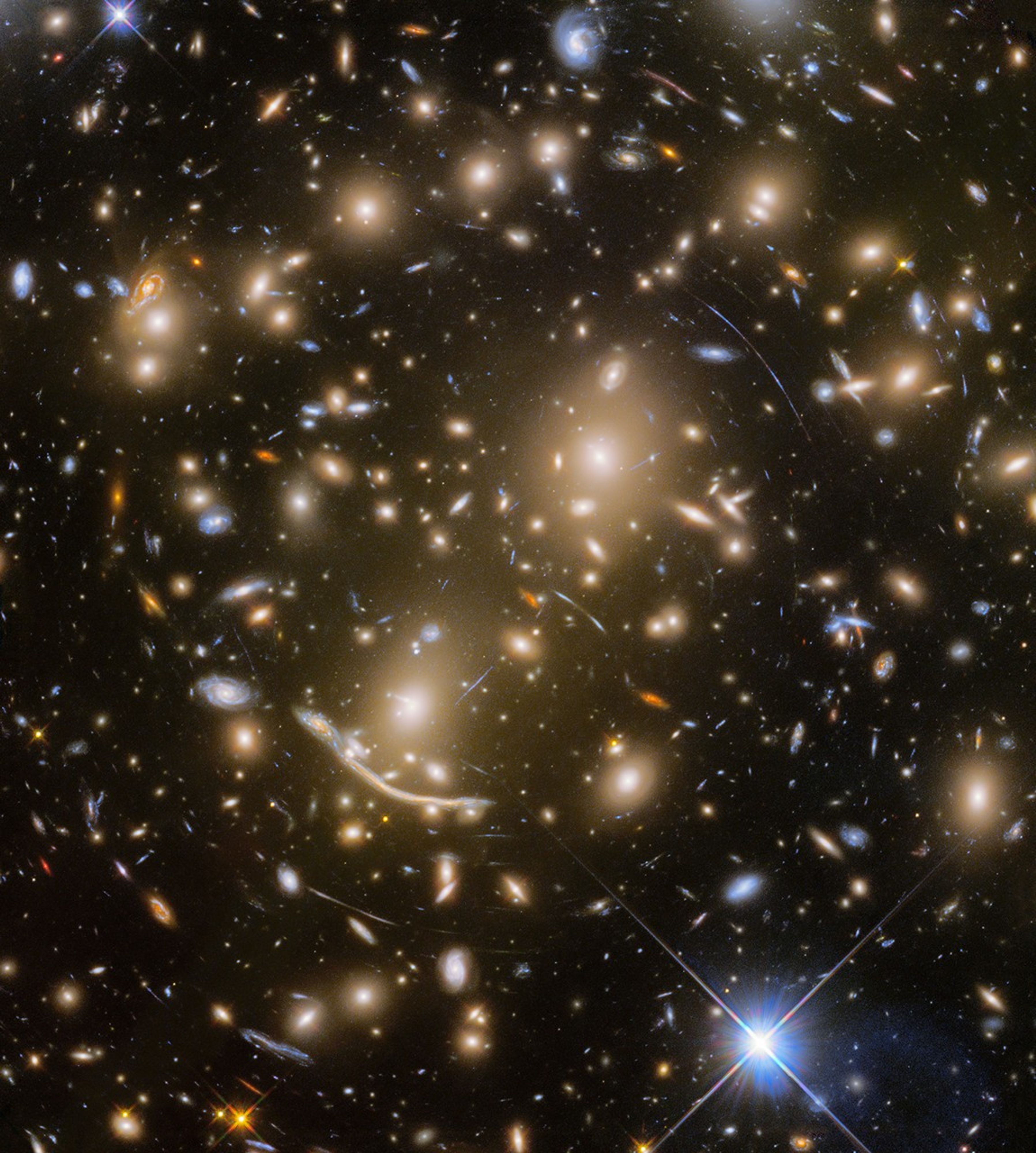
Focusing in on Gravitational Lenses
Gravitational lenses are 'Nature's Boost', expanding our view deeper into space and farther back in time.
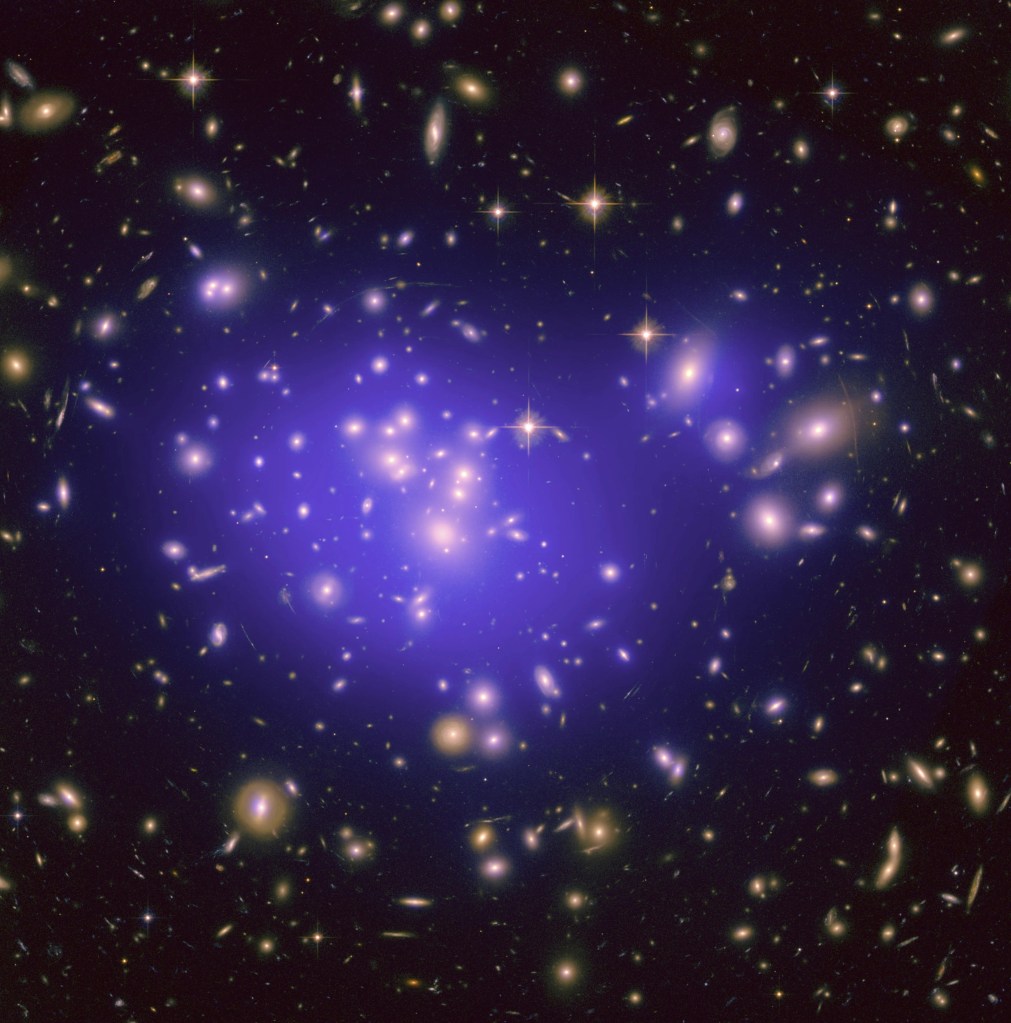
Shining a Light on Dark Matter
The gravitational pull of dark matter guides the formation of everything we can see in the universe.

Mapping the Cosmic Web
Filaments and sheets of matter create an interconnected web that forms the large-scale structure of the universe.


